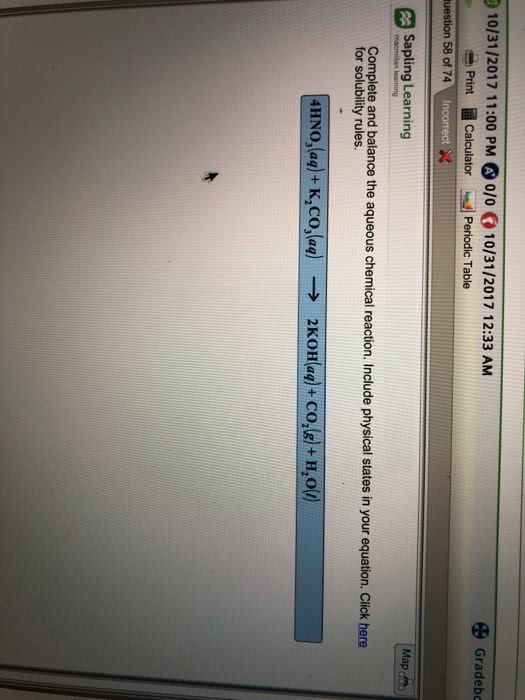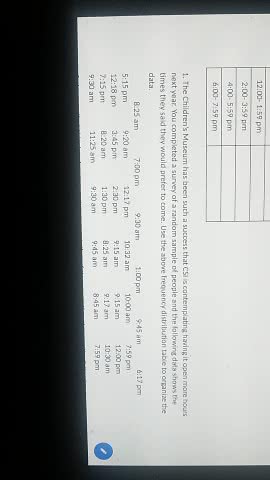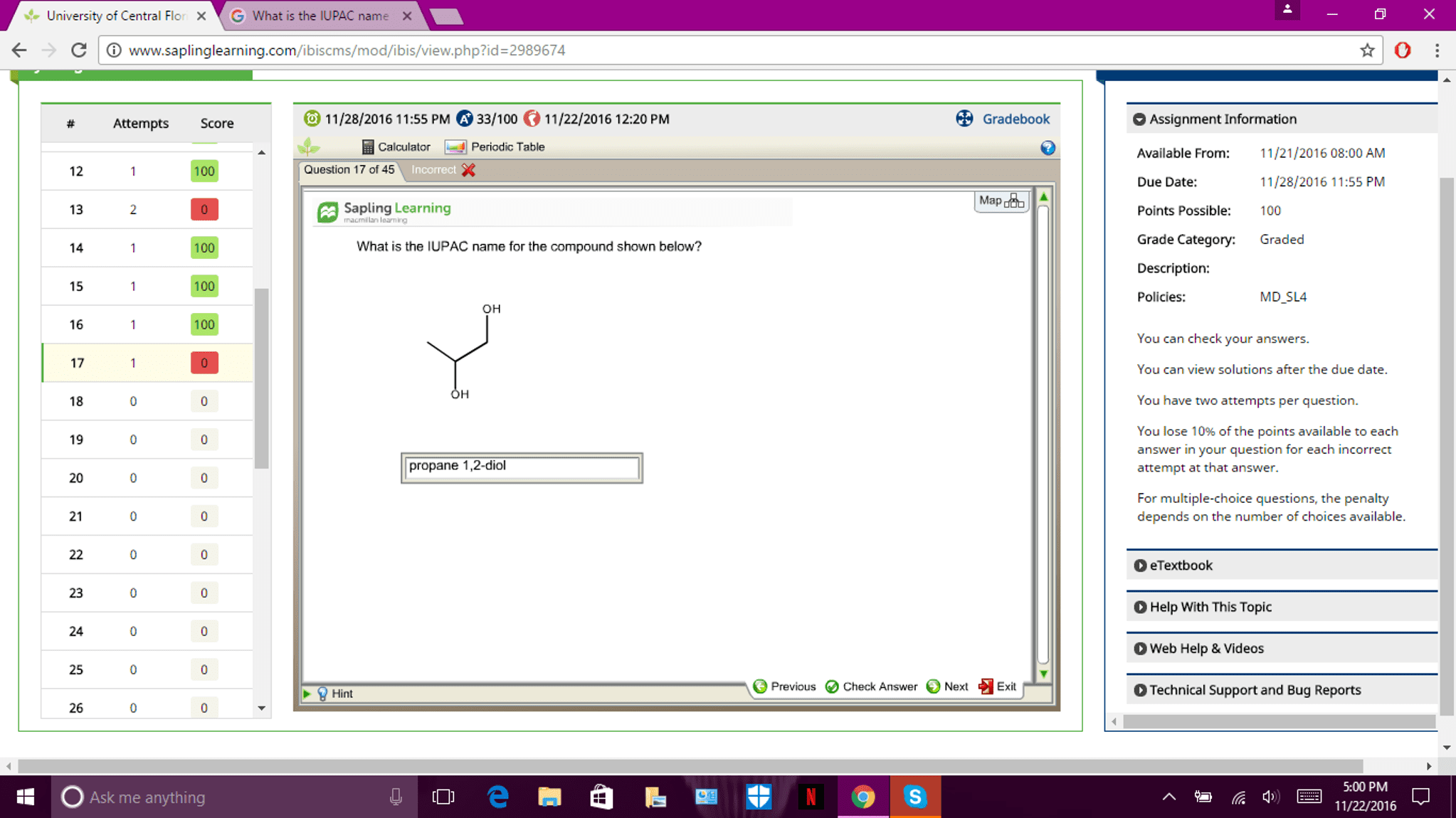ADM 2336 Chapter ALL: Organizational Behaviour (1)

Summary 10/3/2014 11:58:00 PM
find more resources at oneclass.com
find more resources at oneclass.com

Organizational Behaviour
10/3/2014 11:58:00 PM
What is organizational behavior?
it IS THE FIELD OF STUDY DEVOTED TO UNDERSTANDING,
EXPLAINING AND ULTIMATELY IMPROVING THE ATTITUDES AND
BEHAVIOUS OF INDIVIDUALS AND GROUPS IN ORGANIZATIONS
HOW ORGANIZATIONS CAN BE DESIGNED STRUCTURAL MORE EFFECTIVELY
HOW MANAGERS CAN MANAGE MORE EFFECTIVELY.
Early Studies of Management
Attempt to prescribe the “correct” way to manage an organization and
achieve its goal:
Classical View:
Scientific Management
Bureaucracy
Human Relationship view:
The contingency approach
The general answer to many of the problems in the organization is “it
depends”
Dependencies are called contingencies
The contingency approach to management recognizes that there is no one
best way to manage
An appropriate management style depends on the demands of the situation
*Integrative model of OB* - SEE TB
What do you know about OB?
Consider whether the following statements are true or false:
1.Effective leaders tend to possess identical personality trait
2.All workers prefer stimulating, challenging jobs
3.Pay is the best way to motivate most employees and improve job
performance
find more resources at oneclass.com
find more resources at oneclass.com

ALL FALSE
Ob helps us to
Predict organizational behavior events
Explain ob and events in organizations
Manage ob
*Scientific Method – FIG 1-3*
Social recognition and job performance
How often does social recognition lead to higher job performance
-burger king study
-correlation between social recognition and job performance was
.28
-restaurants that received training in social recognition
averaged 44 second of drive through time nine months later versus 62
seconds FOR THE CONTROL GROUP LOCATIONS
Correlation b/n social recognition and retention rates was .20
Resrarant that received training in social recognition
Correlation
***Diff correlation size FIG 1-4**
find more resources at oneclass.com
find more resources at oneclass.com





